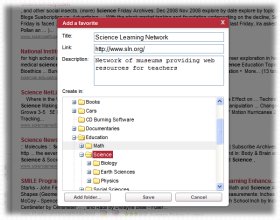|
Education
Web
Viewing 1-1 of 1 total results
transparency over the satellite image and outlining the boundaries of areas that appear different. (Tracing paper can be substituted for transparencies.) Students should classify the different land cover types. Areas with the same appearance and characteristics should be classified as...
1
0
transparency over the satellite image and outlining the boundaries of areas that appear different. (Tracing paper can be substituted for transparencies.) Students should classify the different land cover types. Areas with the same appearance and characteristics should be classified as the same land cover type and coded with same color or symbol. See Figure 5. Land cover can include urban areas, forests, agricultural lands, and water. Using the topographic map as a reference, add other features that relate to the land
20
0
http://www.nasm.si.edu/education/pubs/reflecttg.pdf#page=20
www.nasm.si.edu/education/pubs/reflecttg.pdf#page=20
transparency over the satellite image and outlining the boundaries of areas that appear different. (<span class="highlight">Tracing</span> paper can be substituted <span class="highlight">for</span> transparencies.) Students should classify the different land cover types. Areas with the same appearance and characteristics should be classified as the same land cover type and coded with same color or symbol. See Figure 5. Land cover can include urban areas, forests, agricultural lands, and water. Using the <span class="highlight">topographic</span> map as a reference, add other features that relate to the land
|
